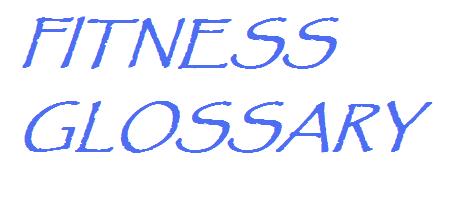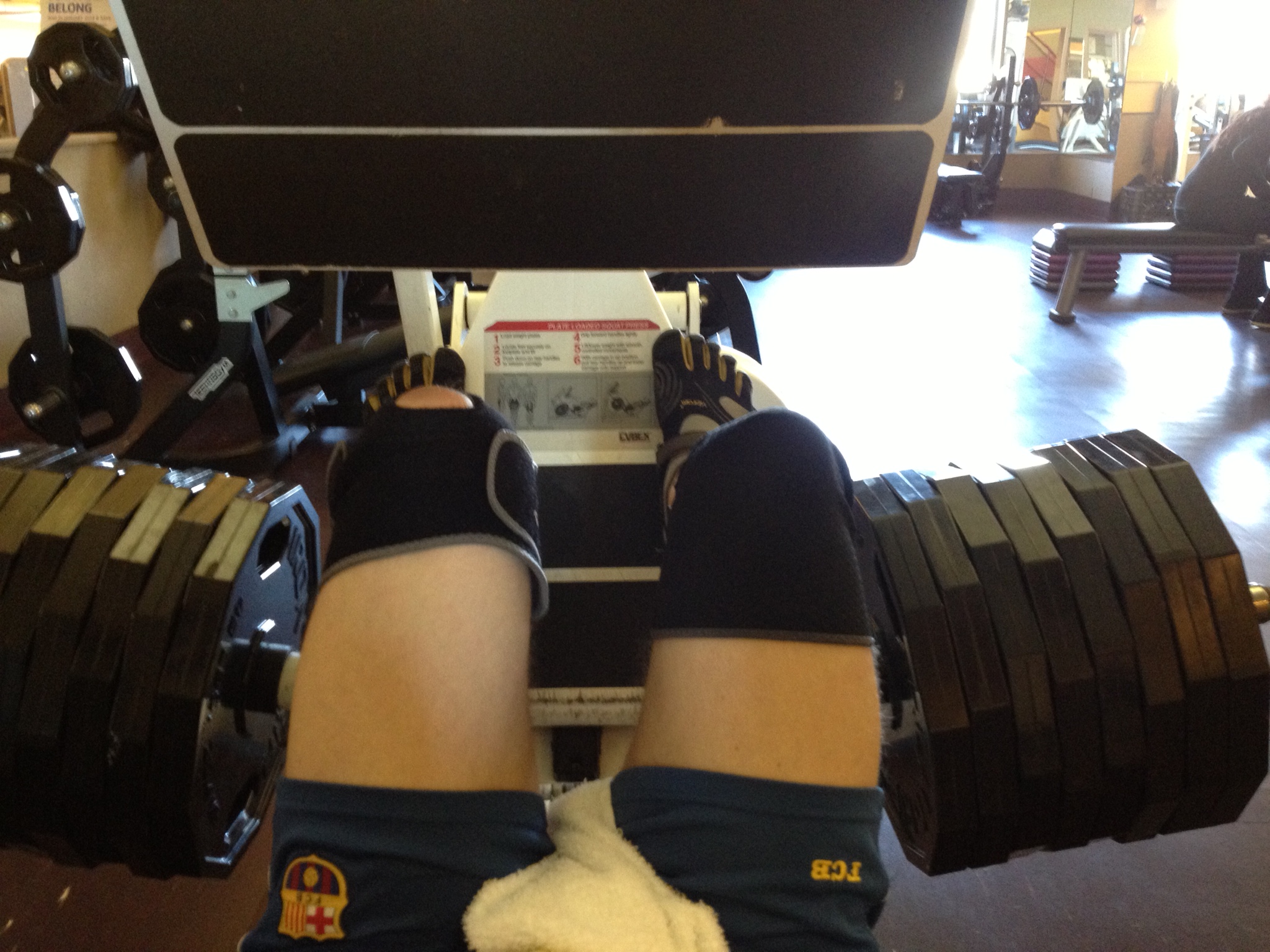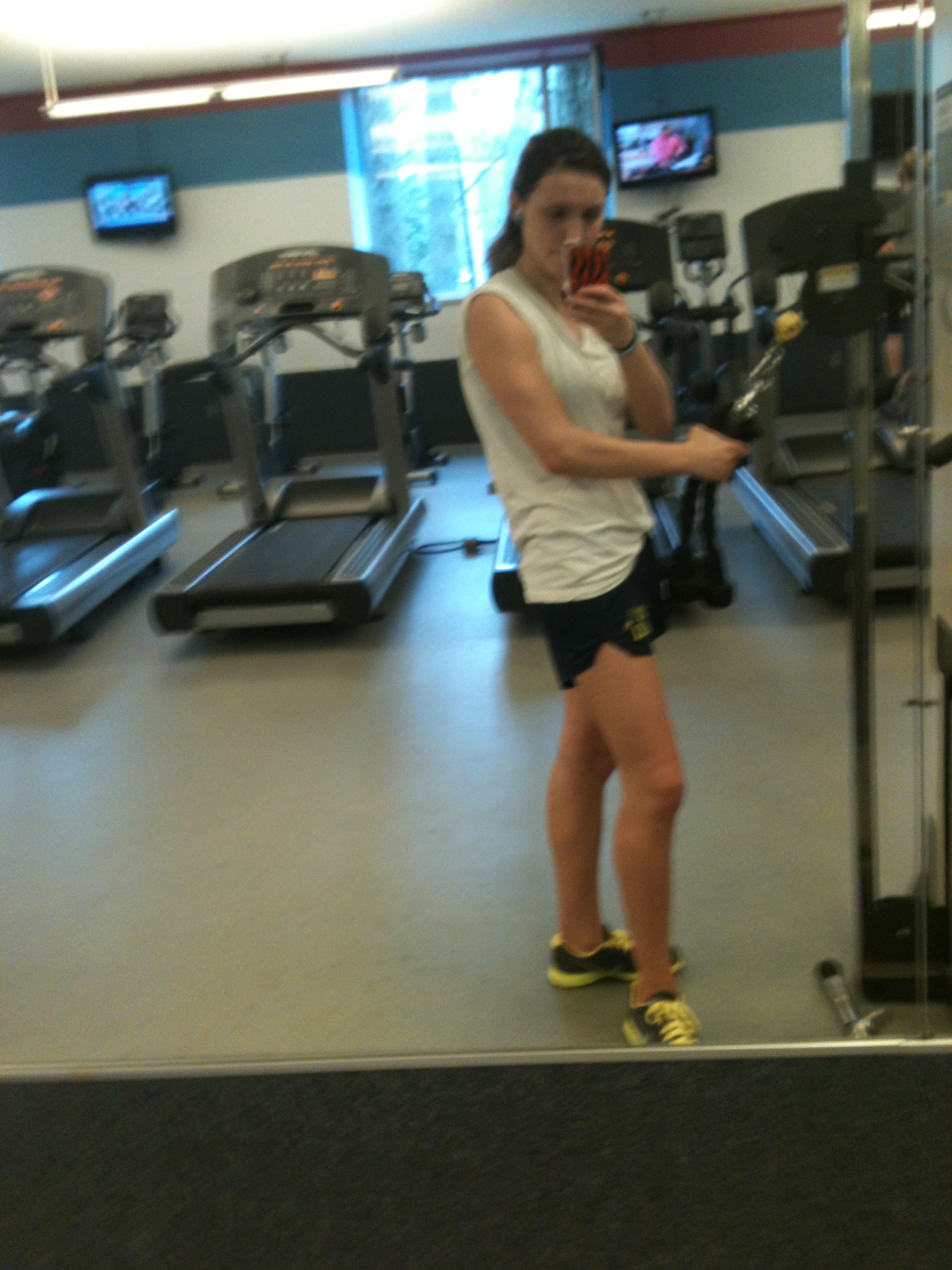Breathe in. And out. Breathing, oxygen is the foundation of our entire existence as air-breathing animals. Yet, we rarely pay attention to it throughout the day. I’m here to bring the importance of breathing back into your life! Breathing properly has an incredible amount of benefits, including:
- A larger lung capacity
- Lower blood pressure
- The ability to relax emotions and stress
- The ability to relax muscle tension, cramps, and pain
- The ability to push your exercise and strength farther
- Improves posture
- Elevates mood and keeps you calm and refreshed
- Fights off fatigue

Breathe (Photo credit: PhotoLab XL)
Now those are just some benefits of breathing deeply and properly, the list goes on and on. Breathing is also a large part of meditation, where you can learn more about here. Okay, Alana, these are great benefits!
So, how do we breathe properly?
There are several different techniques for different situations, but in most circumstances, it is important to breathe deeply. Breathe deep in through the nose and out through the mouth. Depending on the situation, it is good to have your exhale be audible (such as when you are meditating or working out).
1. Breathing 101. Like I said, in through the nose, out through the mouth. When you inhale, make sure that your belly expands. Once your belly expands, fill your chest. It is good to inhale and hold at the top for as long as you comfortably can, then exhale through the mouth. This is the proper technique of breathing to get those benefits we talked about above. It helps to massage those inner muscles as well.

English: Animation of a diaphragm exhaling and inhaling (Photo credit: Wikipedia)
2. Breathing for meditation. Again, if you want a more in-depth introduction or guide to meditation, go here. Otherwise, let’s go through a short version. We are going to do the same breathing (in through nose, out through mouth), but this time we are going to count. This helps focus the mind and concentrate only on breathing, which is a great practice for meditation. So, inhale for 4 counts, hold the breath at the top for 4 counts, and exhale for 4 counts. Do this for a few minutes. After a few minutes and you’ve gotten into a rhythm, expand your breath farther by using the count of 5.

La méditation (Danse Odissi, musée Guimet) (Photo credit: dalbera)
3. Breathing for working out. Believe it or not, breathing for exercise purposes is similar to the above techniques. But with working out, we want to exhale more forcefully. Often, when we exercise, we tend to gulp up short little breaths, and even hold our breath during a tough exercise. These are NO-NOs! If you want to get stronger, faster, and more capable, here’s how to do it: breathe in when you’re in the less stressful part of the exercise, and then exhale forcefully (so that others can hear it) out. This dramatic exhale focuses you and pushes you to complete the exercise. Make sure your inhales are deep–your muscles need oxygen, and if you deprive them of it, they will not work properly or as effectively!
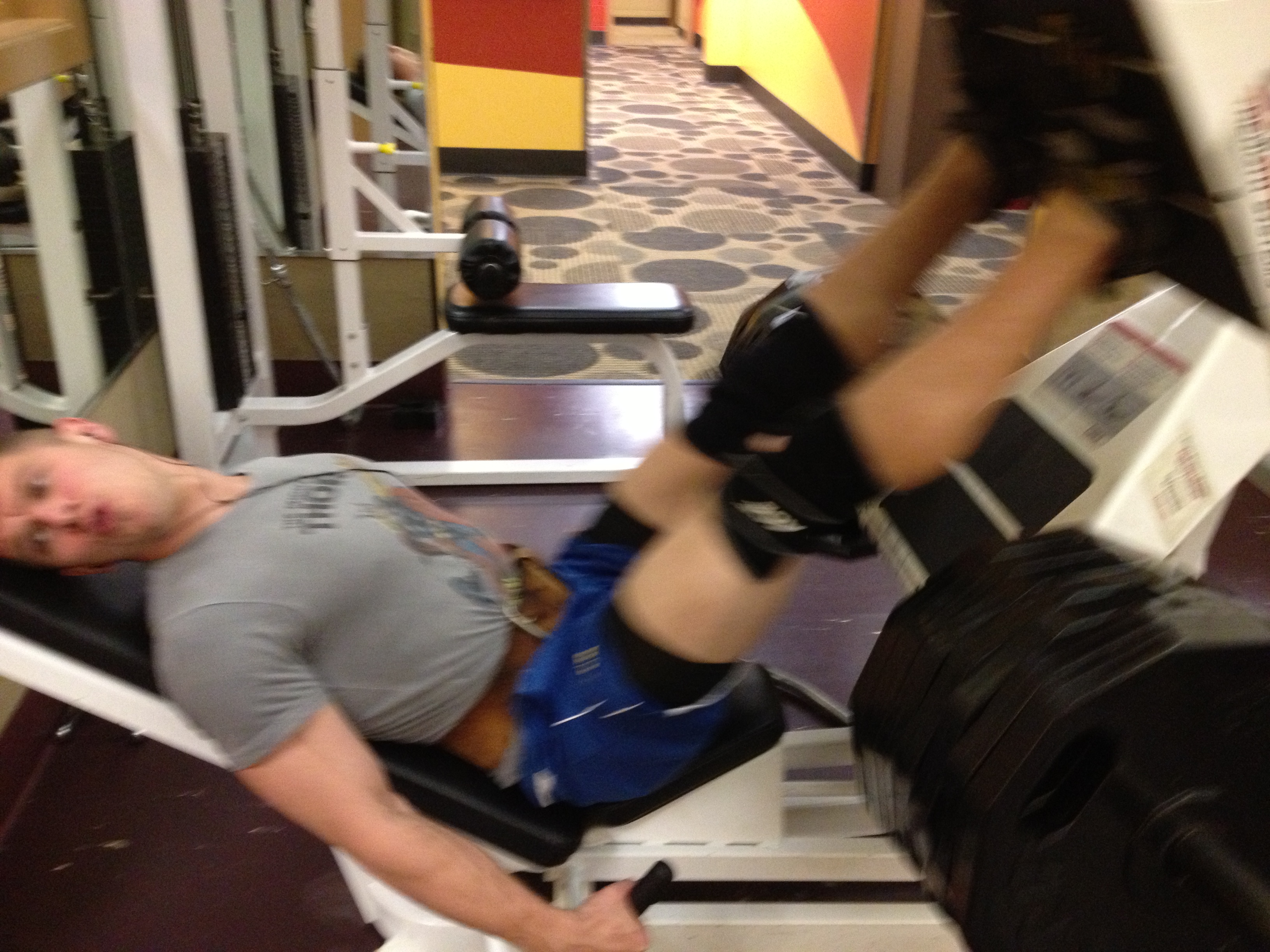
Chris breathing through leg press
4. Breathing for stress relief. I know we allll need this one, so pay attention. We are going to do the same breathing techniques as above, but slightly changed to fit our needs. Let’s practice this breathing technique three times: inhale very deeply, fill up that chest and expand the tummy. Hold it…now exhale out forcefully making an “ahhh” sound. As you exhale out loudly, I want you to slump your shoulders with the force of it. So you’re bringing your inhale up, your posture nice and straight, then letting it all loose with a loud, stress-releasing exhale.
![[Exhalation] Tomoe Shinohara as Sayuri [Exhalation] Tomoe Shinohara as Sayuri](http://farm5.static.flickr.com/4090/5135861996_338c31a387_m.jpg)
[Exhalation] Tomoe Shinohara as Sayuri (Photo credit: edmundyeo)
Keep in mind all the benefits this deep breathing can give you, and try to practice proper breathing at least ten minutes a day. If you are strength training, definitely put this to use if you want a better workout! If you keep practicing, you will notice your posture will become more upright, you will feel more relaxed, and in charge of your life!
Feel free to comment with any questions you might have. Cheers!

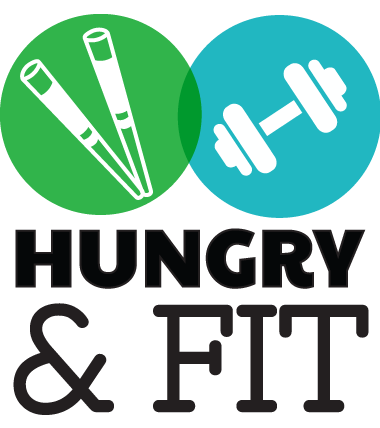




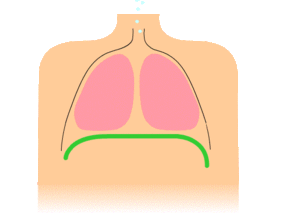




![[Exhalation] Tomoe Shinohara as Sayuri [Exhalation] Tomoe Shinohara as Sayuri](http://farm5.static.flickr.com/4090/5135861996_338c31a387_m.jpg)
